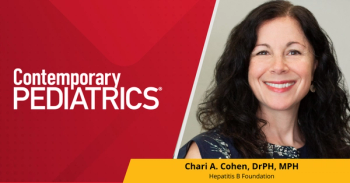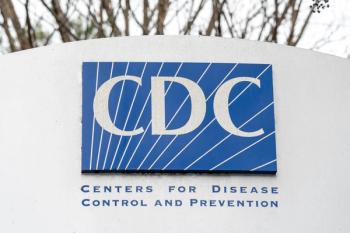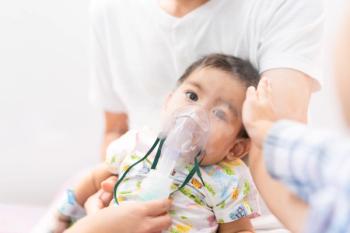
Necrotizing toxin intensifies S aureus bone and joint infection
A comparison of 14 pediatric cases of Panton-Valentine leukocidin (PVL)-positive Staphylococcus aureus osteomyelitis and arthritis with 17 pediatric cases of PVL-negative S aureus osteomyelitis and arthritis demonstrated the complications associated with PVL, a potent necrotizing toxin. Patients in both the study group and control group lived in France, though some were born in Africa or belonged to the French African community. More patients in the PVL-positive group than in the PVL-negative group were born in Africa, or were of African ethnicity. Median age of the patients, who were treated at a hospital in France, was 10.4 years. None had a significant medical history.
In the study group, the presence of severe sepsis in all patients, and of septic shock in six of the 14, indicated the severity of PVL-positive S aureus bone and joint infections. By comparison, the control group did not show severe sepsis. In addition, median C-reactive protein value was significantly higher in the study group than in the control group. Initial radiographs showed bone abnormalities in all but one of the PVL-positive patients, whereas only one patient in the control group had such abnormalities.
Required antibiotic treatment also was significantly different in the two groups. In the study group, most patients failed to improve after initial treatment with intravenous (IV) antibiotics active against S aureus, after which various combinations were tried. Median duration of IV antibiotic treatment was 48 days, and of secondary oral treatment 180 days. In the control group, the mean number of IV and oral antibiotics per patient not only was significantly lower than in the PVL-positive group, but the duration of treatment was much shorter.
Finally, the median length of hospitalization in the study group was 45 days, compared with 13 days in the control group. The median time to defervescence was also shorter in the control group-two days compared with 22 days in the study group (Dohin B et al: Pediatr Infect Dis J 2007;26:1042).
Commentary:
Much of the community-associated methicillin-resistant S aureus being seen in the United States is also PVL-positive. And most of those infections are skin and soft tissue infections, not the severe systemic infections described here. The lesson may be this: S aureus infections are a varied, changing, and sometimes serious lot. They deserve our attention and respect.
Newsletter
Access practical, evidence-based guidance to support better care for our youngest patients. Join our email list for the latest clinical updates.










